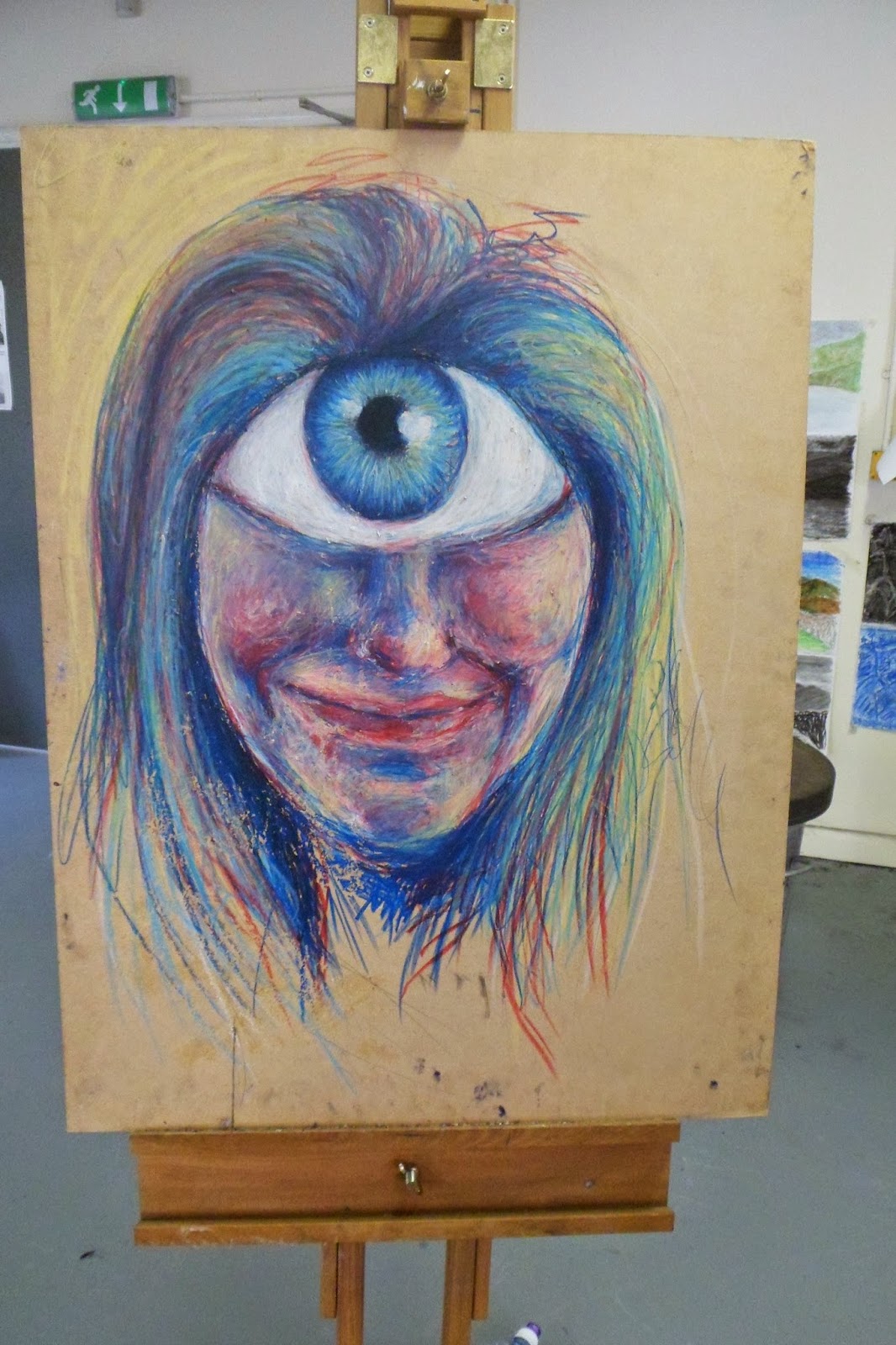Thursday, 19 June 2014
Monday, 16 June 2014
Harvard referencing system
Referencing is used to enable the reader to locate where you obtained information and ideas and to avoid copyright. You should always provide the original source to show that you acknowledge the original author's ideas.
harward referencing
EXAMPLES:
BOOKS
WEBSITES
harward referencing
EXAMPLES:
BOOKS
Wassily Kandinsky (1977). Concerning
the Spiritual in Art. Dover: Dover Publications. 24-55.
John Gage (1999). Colour and
Meaning. London: Thames & Hudson Ltd. 11-67.
WEBSITES
The Art Story Contributors.
(2014). Claude Monet. Available:
http://www.theartstory.org/artist-monet-claude.htm. Last accessed 18th May
2014.
Julia Brucker. (2014). Henri
Matisse. Available: http://www.theartstory.org/artist-matisse-henri.htm#.
Last accessed 18th May 2014.
Mark Harden. (2014). Kandinsky:
Compositions. Available: http://www.glyphs.com/art/kandinsky/. Last
accessed 18th May 2014.
Jeff Dugan. (2002). Wassily
Kandinsky: Composition VII. Available:
http://www.arttoheartweb.com/worshipresources/homilies/hom_Kandinsky_Comp7.htm.
Last accessed 18th May 2014.
Sunday, 15 June 2014
Claude Monet, Vincent Van Gogh, Henri Matisse
Claude Monet (1840-1926)
was
one of the leaders of the French movement called Impressionism, which actually
got its name after one of Monet’s paintings“Impression: Sunrise”. In 1860s he
started to paint outdoors, instead of working in a studio, which enabled him to
capture the atmosphere and the mood of a location, observing the changes of
light and colour.
The Rouen
Cathedral series is not the only project in which Monet painted the same
subject many times observing the changes in colour and light, but it is one
that he is most known for.Between 1892-1894, Monet had been working on multiple
paintings of the cathedral, trying to capture the changes in colour and light
at different times of the day and under varying weather conditions. The series
consists of over thirty canvases, from which the artist chose twenty that he
considered the bestand exhibited them in 1895 at Durand-Ruel's gallery in Paris.
Monet
admitted that in his work, he had little interest in the subject matter – he
rather focused on the fleeting atmosphere of the place, trying to capture a
moment in time.
Vincent Van Gogh (1853-1890)
During his lifetime, Van Gogh only managed to sell one of his paintings.
In his art, he tried to portray the inner spirituality of the subject, rather than just its outer appearance. He developed a distinctive style with the use of thick, curved brushstrokes and colour.
Henri Matisse (1869-1954)
Is often regarded as the greatest colourist of the twentieth century. He was
one of the leaders of Fauvism (Fauve meaning wild beast). Fauvists often used
pure, unmixed colours in their work, creating very unnatural looking, but
extremely colourful art. They often painted landscapes or nudes, trying to get
rid of depressing subject matter in their pictures.
Colour experiments
In these studies I continued to make portraits, trying to focus on experimenting with different colour combinations and schemes, as well as using a more limited colour palette.
oil and dry pastel on textured board (mainly red + blue)
I used the forehead eye like in one of the previous sketches, so that it would cover up the normal eyes - this represents the mind, or the "inner eye".
dry pastel and charcoal on textured board (mainly blue + yellow)
oil and dry pastel on board (mainly blue, orange and yellow)
oil pastel and charcoal on two boards
First sketches
Looking at Bryan Charnley and Bryan Lewis Saunders, I decided to try out the self-portrait theme. After doing a few smaller sketches, I tried out a variety of media.
white chalk on paper
oil pastel on paper
charcoal and oil pastel on paper
masking tape
pen and watercolour on styrofoam
watercolour on styrofoam
Subscribe to:
Comments (Atom)



















































